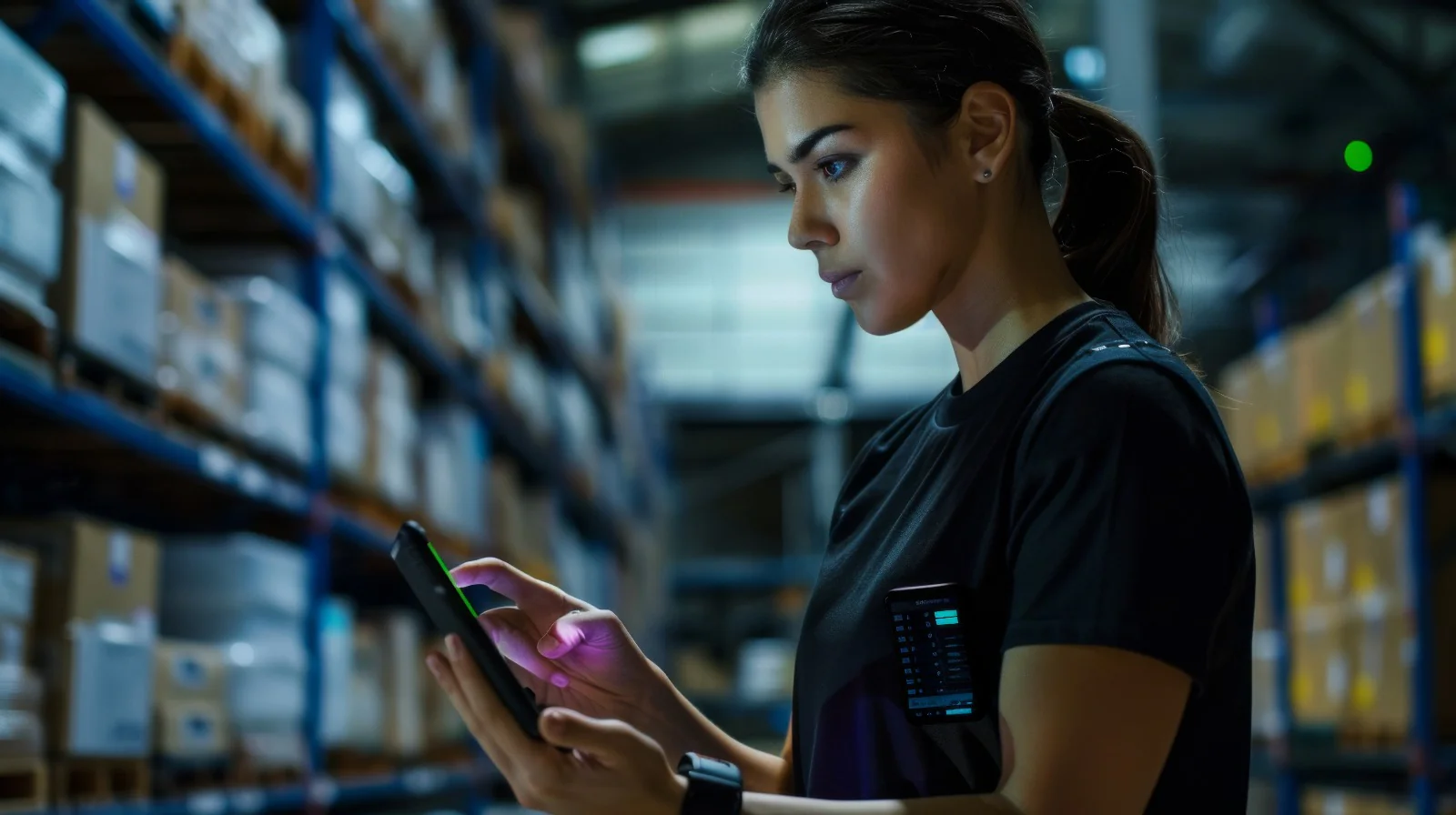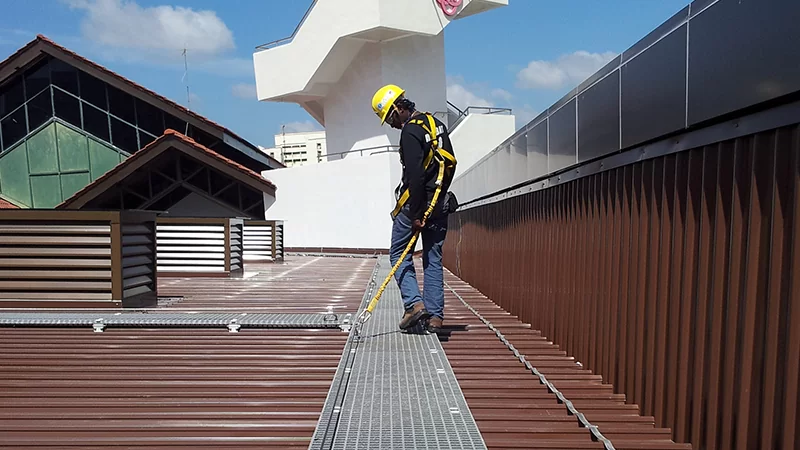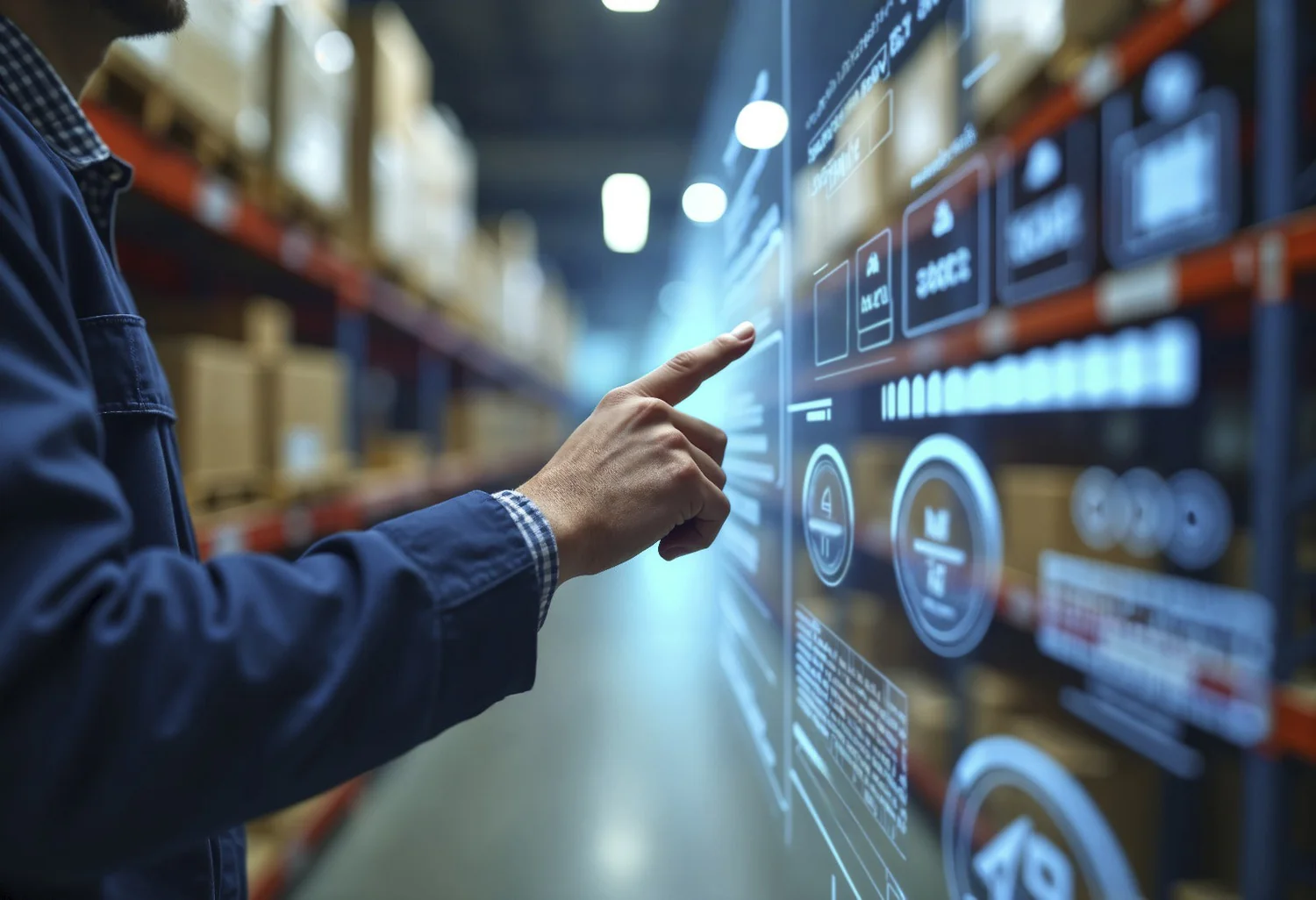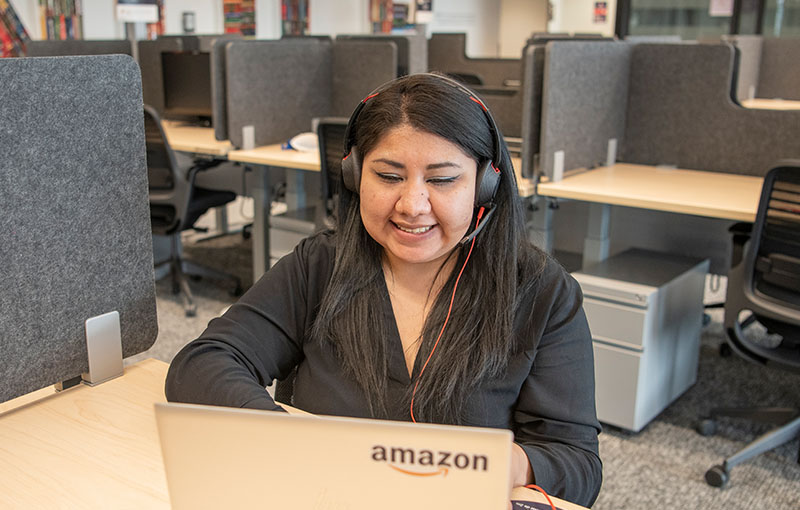The Growing Demand for Safety Lines in the Philippines
Workplace safety has become a critical issue in the Philippines, especially in sectors such as construction, logistics, and heavy manufacturing. As projects grow larger and work environments become more complex, the need for effective fall protection systems is stronger than ever. Safety lines play a major role in preventing accidents, particularly in high-risk jobs that involve working at elevated heights or along hazardous pathways. Companies now face stricter compliance requirements, making it mandatory to adopt reliable safety systems. The demand for certified safety line supplier Philippines services is rapidly increasing as businesses seek to protect their workforce and meet government-mandated regulations. Beyond compliance, there is also a growing recognition of the economic benefits that come with reducing workplace injuries. Safety lines are no longer optional equipment but essential tools for sustaining productivity and protecting lives.
What Safety Lines Are and Why They Matter
Safety lines are protective systems designed to secure workers when performing tasks in elevated or dangerous locations. They are often used with harnesses, anchors, and fall arrest devices to prevent serious injuries during accidents. These lines act as a lifeline, ensuring that workers remain attached to a stable point even when slips or falls occur. There are various types of safety lines, including temporary systems used in short-term projects and permanent setups installed in facilities with ongoing risks. Horizontal safety lines are used in areas where workers move laterally across wide spans, while vertical safety lines provide security for climbing tasks. Each system is engineered to absorb shock and withstand weight, making them dependable in life-threatening situations. Choosing the right type of safety line depends on the unique hazards present at a job site, which is why professional consultation from an experienced supplier is critical.
Key Features to Look for in a Safety Line Supplier Philippines
Finding the right supplier is not just about purchasing equipment but ensuring that the solutions provided match the safety requirements of your workplace. A trusted safety line supplier Philippines offers products that adhere to international standards such as OSHA and ANSI, ensuring they can withstand demanding work conditions. Another important feature is the availability of customizable solutions, since different industries often require tailored setups. Reliable suppliers also provide after-sales support, including installation guidance and periodic maintenance. Technical training for staff is equally essential, as the effectiveness of safety lines depends heavily on proper use. Suppliers with a solid track record in delivering certified safety products and services add greater credibility to their offerings. Businesses should always verify certifications and ask for proof of compliance before committing to a supplier, ensuring both worker protection and regulatory adherence.
Industries That Rely Heavily on Safety Lines
Safety lines are indispensable in industries where employees regularly operate at heights or face elevated risks. Construction projects, from residential buildings to large-scale infrastructure, require these systems to protect workers during structural assembly and maintenance. The oil and gas industry depends on safety lines when handling elevated pipelines, offshore platforms, and refineries. Warehousing and logistics centers also use them for high-level storage and inventory management tasks. Telecommunications and electrical utility companies need safety lines when maintaining towers, poles, and high-voltage systems. Mining operations, which involve deep shafts and heavy machinery, also benefit greatly from lifeline systems. Each industry faces unique hazards, but safety lines provide a universal layer of protection that minimizes the chance of life-threatening accidents. Reliable suppliers ensure these industries are equipped with durable, certified, and adaptable safety line systems.
Benefits of Partnering With a Trusted Safety Line Supplier Philippines
Working with a dependable safety line supplier Philippines offers advantages that extend far beyond purchasing equipment. The most important benefit is enhanced worker protection, as certified safety lines reduce the risk of fatal accidents. Companies also gain improved compliance with local and international safety standards, avoiding penalties and legal consequences. When employees feel safe, their confidence and productivity increase, leading to improved operational performance. Another benefit is long-term cost efficiency, as companies reduce expenses related to workplace injuries, compensation claims, and downtime. Strong suppliers also offer continuous support, ensuring that safety equipment remains functional and updated. Over time, this partnership builds trust and stability, allowing companies to focus on growth without worrying about safety lapses. A reliable supplier becomes more than a vendor—they become an integral partner in workplace protection.
Questions to Ask Before Choosing a Safety Line Supplier
When selecting the right safety partner, asking the right questions ensures you make an informed decision. Some key questions include:
- What certifications do your products hold, and do they comply with OSHA or ANSI standards?
- Do you provide installation services along with safety lines?
- Is there regular maintenance and inspection support available?
- Do you offer worker training to ensure proper equipment usage?
- Can you customize safety lines to fit unique site conditions?
Asking these questions helps identify whether a supplier can meet both short-term needs and long-term safety goals. Companies should also evaluate how quickly a supplier responds to urgent requests, as emergencies can arise without warning. A strong supplier should demonstrate flexibility and readiness to handle critical situations. Ultimately, the answers to these questions reveal not only the quality of the products but also the reliability of the service.
Best Practices in Using Safety Lines Effectively
Even the most advanced safety lines lose their effectiveness if not properly installed and maintained. Best practices start with professional installation, ensuring the lines are securely anchored and tested before use. Regular inspections are crucial, as wear and tear can compromise the system’s strength. Maintenance schedules should include checks for fraying, corrosion, and anchor stability. Worker training is equally vital, since improper usage can turn safety equipment into a hazard. Organizations should establish awareness programs that educate employees on correct attachment methods, emergency responses, and safety protocols. Safety lines also work best when integrated with harnesses, helmets, and other fall protection systems. By combining equipment with continuous education, businesses can create a culture of safety that protects workers from preventable accidents.
Safety Standards and Regulations in the Philippines
The Philippines enforces workplace safety through the Department of Labor and Employment (DOLE), which sets guidelines for occupational health and safety. Safety lines are part of the mandatory fall protection measures required in many industries. These standards align with international regulations such as OSHA and ANSI, ensuring that safety equipment meets global benchmarks. Compliance is not just about following the law; it directly impacts worker welfare and corporate reputation. Non-compliance can result in costly fines, legal liabilities, and reputational damage. Businesses that prioritize adherence to these standards demonstrate responsibility and gain trust from both employees and clients. Reliable suppliers play a key role by providing certified products that help companies meet these stringent regulations.
How to Identify a Reliable Safety Line Supplier Philippines
Selecting the right supplier requires a balance of quality, reliability, and service. Businesses should start by researching the supplier’s reputation, checking online reviews and client testimonials. Comparing prices is important, but value should always outweigh cost when it comes to safety. Companies should ensure the supplier provides certified and tested products to guarantee durability under stress. Nationwide coverage is another critical factor, as it ensures availability of products and services across various project sites. Reliable suppliers also offer transparent communication and responsive customer service. By carefully evaluating these elements, companies can secure a supplier that supports their safety goals. A trusted safety line supplier Philippines does more than provide equipment; they provide peace of mind for both workers and employers.
Future of Workplace Safety and Safety Line Innovations
As industries continue to evolve, so do safety technologies. Future safety lines may incorporate smart features such as IoT sensors that monitor tension, wear, and worker movements in real time. Advanced materials like high-strength polymers and lightweight alloys are being developed to increase durability while reducing weight. Many suppliers are also exploring environmentally sustainable materials that combine safety with eco-friendly production. The growing focus on digital integration will allow safety officers to receive alerts directly through connected devices. With these advancements, businesses can expect more efficient, adaptable, and intelligent safety solutions. In the Philippines, where construction and industrial projects continue to expand, investment in such innovations will play a vital role in shaping safer workplaces. Reliable suppliers that keep pace with these innovations will remain leaders in worker protection.
Frequently Asked Questions (FAQ)
1. What is the difference between a horizontal and vertical safety line?
Horizontal safety lines allow workers to move laterally across a wide surface, while vertical safety lines are used for climbing tasks such as ladders or poles.
2. How often should safety lines be inspected?
Inspections should be performed before each use, with thorough professional checks scheduled monthly or quarterly depending on the work environment.
3. Are safety lines mandatory for construction projects in the Philippines?
Yes, DOLE regulations require fall protection systems, including safety lines, in construction and other industries with height-related risks.
4. Can a supplier provide customized safety line systems for unique work environments?
Trusted suppliers often offer custom solutions designed to fit specific site requirements, ensuring maximum protection.
5. What are the common mistakes to avoid when installing safety lines?
Errors include improper anchoring, using worn-out equipment, and failing to train workers on correct usage. Avoiding these mistakes prevents unnecessary accidents.
Takeaway
Partnering with the right safety line supplier Philippines is not just a business decision—it is a commitment to safeguarding lives. From ensuring compliance with government regulations to providing innovative solutions that protect workers in demanding environments, safety lines are indispensable tools in today’s industries. By choosing a reliable supplier, businesses gain more than equipment; they gain long-term security, trust, and productivity. Safety will always be an investment that delivers value beyond measure.











